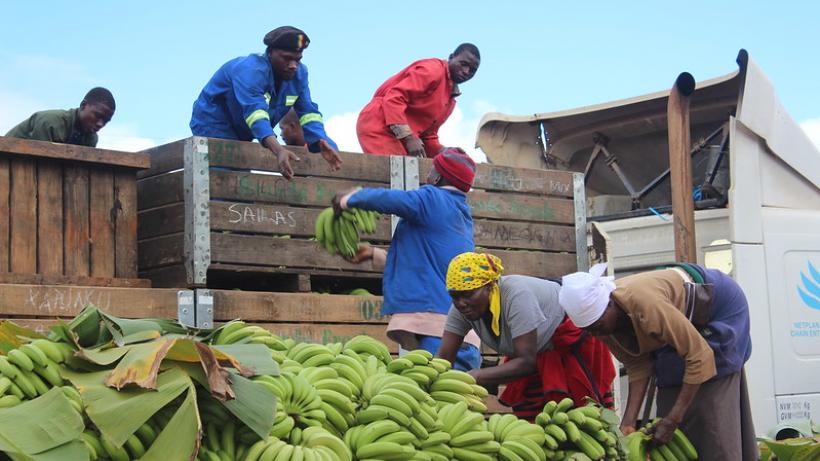Evaluation of the Common External Tariff (CET) of the East African Community (EAC) from Uganda and Rwanda's perspective in 2017
Regional trade integration is a pillar of East African Community partner states’ trade policies, including Uganda and Rwanda. The Customs Union, a first milestone in the regional integration process, was adopted in 2005, committing member states (initially Kenya, Uganda and Tanzania) to the adoption of a Common External Tariff (CET). Uganda has now had twelve years of experience with the CET (since January 1st, 2005) and Rwanda, who acceded to the EAC in 2007, have implemented the tariff regime for eight years (since July 1st, 2009). The EAC-CET comprises of a triple band structure for raw materials and capital goods (0%), intermediate goods (10%) and final goods (25%), as well as a Sensitive Items (SI) list with exceptions to the three-band rule for specified commodities attracting high rates of duty (notably, all above 30%).
As the region’s finance ministers prepare for a review of the Common External Tariff in September 2017, it has become urgent to evaluate the impact of the tariff regime in relation to member states’ development objectives, e.g. export development, industrial competitiveness, employment and poverty reduction. In particular, the smaller, less industrialised and landlocked countries in the region - Rwanda and Uganda - will need to negotiate the most effective tariff regime from their perspective (as their industries encounter higher transport costs for imported inputs & exports on the one hand, and enjoy natural protection for domestic output markets on the other). Moreover, the misclassification of imported intermediate inputs as final goods in practice may have adversely impacted industrial competitiveness in these countries– more so than in Kenya and Tanzania, due to the additional markup for transportation costs of imported inputs.
This project will therefore conduct research for the purpose of providing intelligence to the Rwandan and Ugandan governments regarding the effectiveness of the EAC and the CET. The analysis will largely draw upon rich tax datasets from Rwanda to analyze the impact of the CET on four areas:
- The development of strategic sectors such as exports, manufacturing, tourism and hospitality services;
- Expansion of formal sector employment;
- Consumption of goods and services, with a specific focus on the effect of the CET (e.g. SI list) on low-income households & poverty reduction;
- An evaluation of labor productivity of firms in strategic sectors.
Together, these four prongs of analysis will give the Rwandan government a sense of potential improvements to the CET that could benefit the citizens and industry of Rwanda. While this advice will primarily be based on Rwandan data, and therefore be directed at the Rwandan government - some conclusions might also be generalisable to the Ugandan context, as a landlocked country in the EAC. This project will build upon a previous IGC funded project undertaken by Garth Frazer in Rwanda on the impact of the EAC Common External Tariff in Rwanda (2014).




